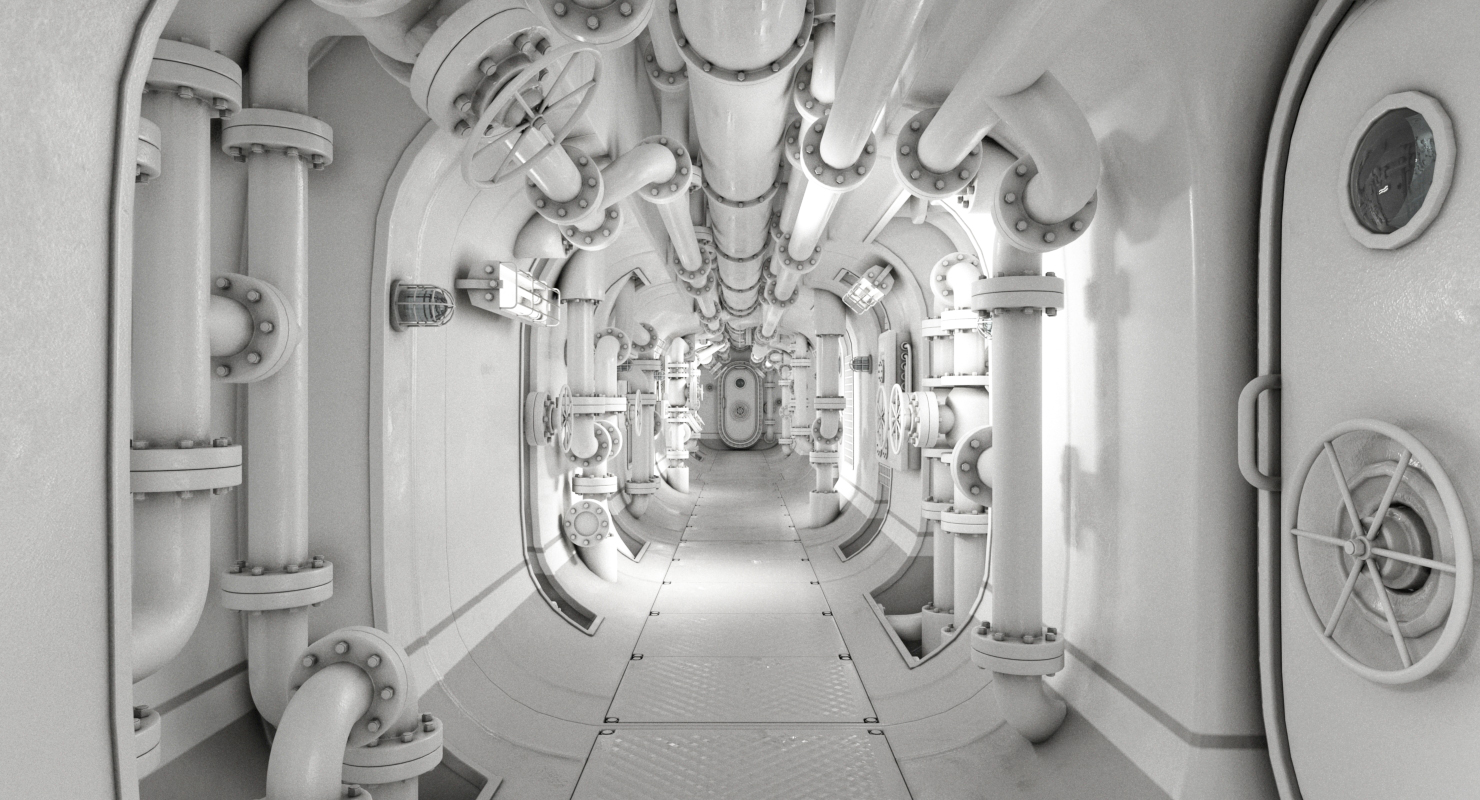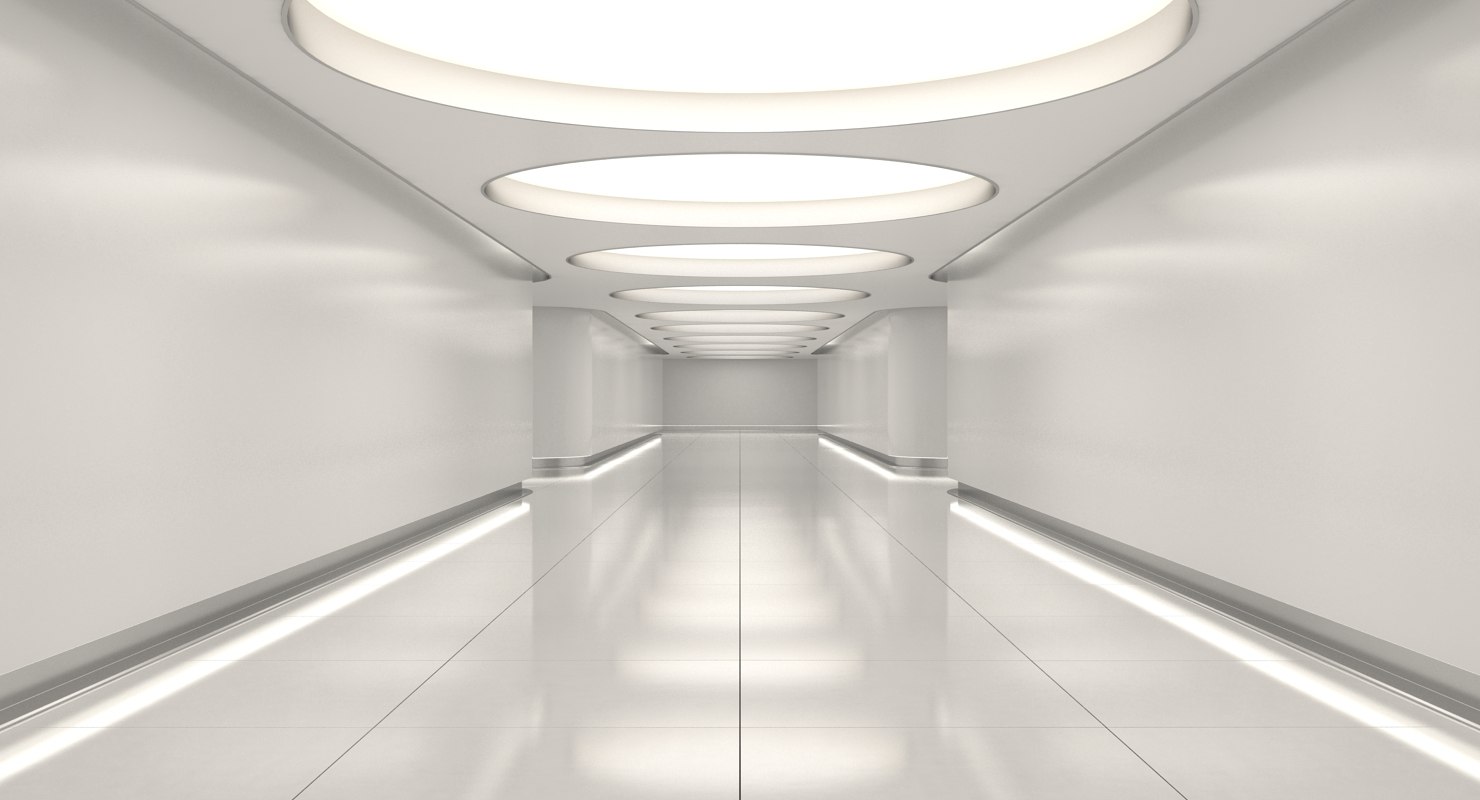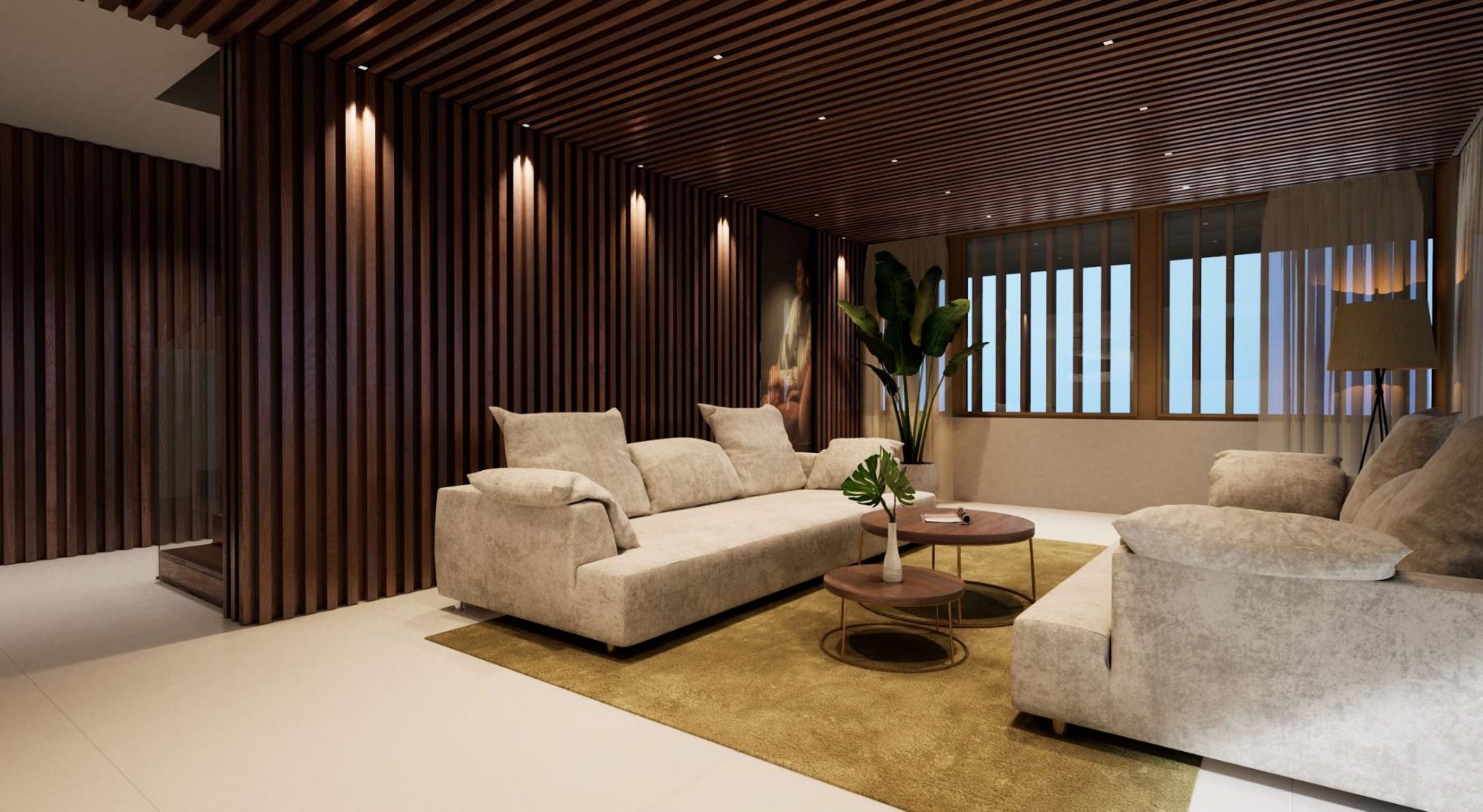About me
Hello Sketchfab community, my name is Wolfgang. I am 41 years old and a 3D veteran based in the beautiful city of Salzburg, Austria.
I came in touch with 3D at a rather early age and at a time where there was no internet around…yes, I am that old.
In middle school I made my first models and renderings using 3ds for DOS on a 486 with a 12” monitor. On a resolution with 640×480 it was rather tricky to create magic. 🙂 Nowadays every smartphone is way more powerful and has a higher resolution. Ray Tracing was available but no one really dared to use it due to the long render times.
When my friends bought their first mopeds at the age of 16, I bought my very first 3ds Max license (thanks to my parents who lent me the money). I knew that this is what I want to do for a living and I spent a lot of time learning the software, which was very hard as there was still no internet or YouTube from which to get information. I was learning by clicking with a lot of trial and error.
I still have this box at my office.
After middle school I attended the “Higher Technical School of Engineering – Building Department” and graduated in 1997. This is where I got my architectural training and love for architecture.
My first job was in IT as network administrator and support. At that time I thought about studying “MultiMedia Arts” which had a branch in 3D, but instead of going back to school I started my company, specializing in Architectural renderings, right away with a buddy from school.
In 2006 I was hired as an artist to work in Dubai. This was an exciting 6-month journey and the projects I worked on were just out of this world.
After returning from Dubai I worked as a freelancer for several studios based in Germany and the UK and worked on projects worldwide: a hotel design for Phillipe Starck, hotel projects in Las Vegas and New York, and more projects in the UAE.
In 2009 I moved from a home office into my own office. Having a professional environment to work in made a very big difference because I was able to invite clients to my office.
And it also had the huge advantage of finally allowing me to have a better organized private life.
I think every artist knows how it is to have a PC around the house. You are always tempted to work, always tempted to try out that new modelling technique you just learned on YouTube.
I learned that it was also very important to have off-screen time.
The last few years I focused on working for local clients and projects. My clients are mostly local developers and designers.
How I got into selling 3D models
In 2008 a lot of businesses were hit by the financial crisis. My clients struggled and this also affected my work.
I had to look for a new source of income and that is when I tapped into the 3D stock market.
The catalogue that I generated from being self-employed came in handy when I started. I really only had to render them out and publish them.
It took me quite a while, though, to figure out what sells, and what prices work best.
Like every “beginner” in the stock market, I thought that the price drives a client’s decision. It really does not. Quality does. And quality has a price. This epiphany came straight from my archviz company where I also don’t undervalue my work. So why should I do that with my 3D models for sale?
Unfortunately, the price war is a huge problem in the 3D industry. I wish artists would be a little bit more cautious when they put a low price tag on their models.
My 3D catalogue is architecture related—mostly furniture. Lately I have been working with photogrammetry and Unreal assets.
I still work full time for my archviz company and my work there usually generates the models that I then publish to sell. I see that as a nice side effect.
Inspiration and style
Usually I get my inspirations from TV, videogames or social media. Especially Instagram works very well for me. I follow many design and architectural blogs. Finding inspiration there is great and I can easily bookmark postings.
I also often create models after watching the news, creating assets based on recent events, e.g., health or politics. Those models usually have a very limited life span, though, and I try to create assets that have a longer lifespan.
- Inspiration: Recent Events
- Inspiration: Video Games
- Inspiration: News
Another source of inspiration is my work in archviz itself. I start by asking myself what my fellow artists would need to create better images. Or what I was looking for online but could not find.
Having a smartphone is very helpful—I take many pictures for references of random everyday items. I go through life with open eyes…and see wireframes everywhere…who can relate? :o)
My style is very clean and often reduced to the bare minimum. I love geometrical shapes, bold colors, shapes, patterns, symmetry. As much as I admire artists who create those dirty, filthy worn environments, my style is the very opposite.
I am a very organized person and I think my work shows that, too.
I often find myself modelling details that no one will see—but I know they are there. :o)
Improving skills and keeping up
The 3D industry is a fast-evolving industry.
As a teenager I would install every software right away and dig into their new features. I was never bothered if the software was buggy or if it wouldn’t benefit my work…I just wanted to try it out.
These days I definitely choose my battles wisely—and by battles I mean, learning new software. :o)
Every year there is this new piece of software that could be the next big thing. I know that I cannot learn it all and I also know that if I want to compete, it is not enough just to know a software—you have to be really good at it.
Choosing which software I focus my time on became very important.
I was never really a gamer but the tech behind those games always fascinated me. I follow many game and tech channels on YouTube. Not for the games themselves but for the tech behind them.
Realtime, AR, and VR were topics I could not ignore. They could definitely be game changers for Archviz and the last few years showed the improvements, especially with Unreal Engine 4, in that field.
So the logical step for me was to learn Unreal. I learned the very basics about 2 years ago but getting an architectural scene into Unreal was still very stiff. This changed recently and it is now easier than ever to create images that look pretty much identical to a traditional rendering.
Work done in UE4:
Photogrammetry was the other tech that fascinated me. There’s no need for expensive scanners—you have the power of photogrammetry in your hands with your smartphone. I could create absolutely realistic models that would otherwise be very time-consuming to model by hand.
I set up a small studio in my basement where I am able to scan objects on a “semi-professional” level.
- Photogrammetry
- Photogrammetry usage in an Unreal scene
Sketchfab
Earlier this year I got approached by Sketchfab. It was love at first sight!
I have been around the stock market for a while now but this site is like nothing I had ever seen with the most sophisticated and advanced publisher out there.
Publishing is usually quite a drag, but publishing assets in Sketchfab is such a great experience: feature rich and future proof.
I often find myself browsing through the creations of my fellow artists. The AR feature on the smartphone is just so much fun.
I see huge potential for this site. The real-time content market grows fast and Sketchfab is really the only marketplace that nailed the experience that customers are looking for while also not neglecting the artists who provide the content.
For me as an artist—as a matured artist—time is key. The less time I need to get my assets online, the more time I have to do other things.
Not needing to render countless images or turntables is such a great time-saver. And being able to do most of the publishing right within 3ds Max is great.
I would like to show you some of my models…
Architecture:
https://sketchfab.com/3d-models/steel-structure-595adf72af6447c0bc72d40852f89537
https://sketchfab.com/3d-models/mansion-fd12a3ba94f844d39d7456690845bbf4
Furniture:
https://sketchfab.com/3d-models/hospital-bed-d532f8906fe04fb3be3e7c022e3a44d8
https://sketchfab.com/3d-models/retro-tv-490e697208c84a1f84dcf974c46195c6
Vehicles:
https://sketchfab.com/3d-models/eurostar-e320-061639fe06514b91873c9d5737dd6c6f
https://sketchfab.com/3d-models/flying-ship-9e09725534424150a8cc25a6770e2296
Landscapes:
https://sketchfab.com/3d-models/mount-everest-c28a5b65c48e4b23b9aa3f1008ec2b6b
https://sketchfab.com/3d-models/snowy-mountain-3254a21f0c724908892d501594d2c5bf
Photogrammetry:
https://sketchfab.com/3d-models/backbag-2ac8b2af98964e4ebbb22825761e1d52
https://sketchfab.com/3d-models/t-shirts-59815d9592fa45b290f9d5a5c5eb2a3d
The future of 3D
Who knows?
Computers become more powerful, GPUs become even more powerful.
I think the traditional modelling of 3D assets will never really be obsolete. The tools will be easier to use and there will be different approaches to create assets.
The rendering process—“waiting” for a rendering to finish—will be reduced or disappear in a few years. Real-time raytracing already shows how powerful this tech is and we are just at the beginning. But I believe that it will never render us artists obsolete. We just have to adapt to the new technology.
I am quite excited for what’s to come in the future. Luckily, architecture will always be a thing. But in the coming years I will not only provide a static image that rendered in 2 hours, but also stun my clients with breathtaking real-time walkthroughs via VR headset or brain implants…;o) who knows!





















